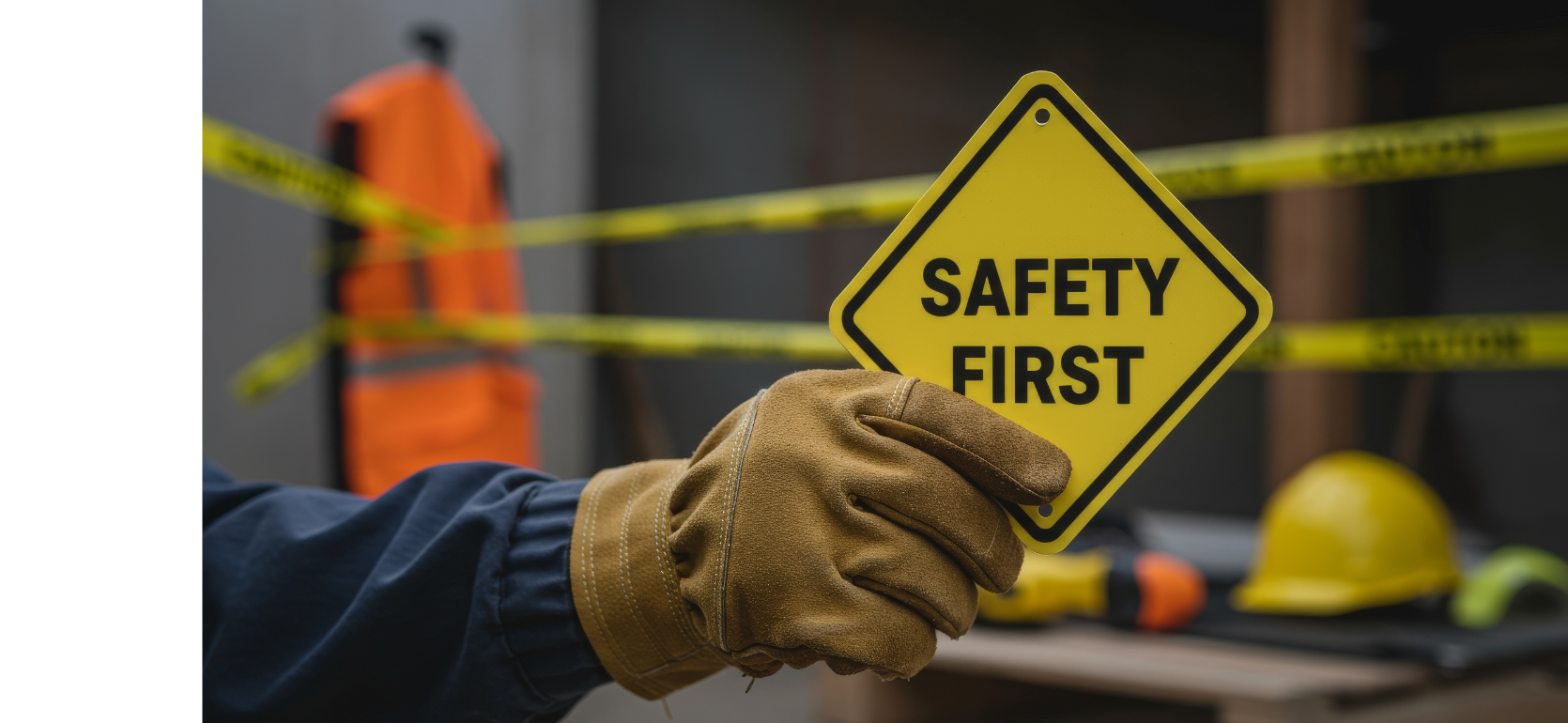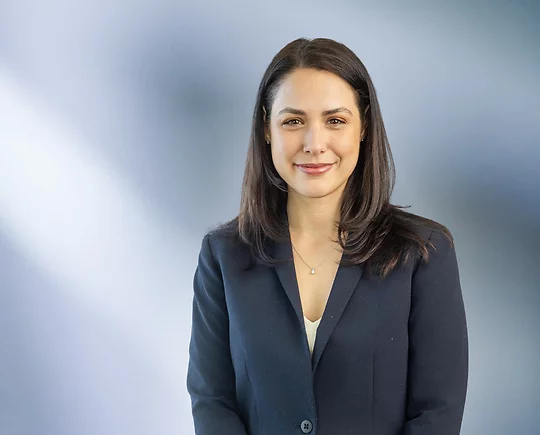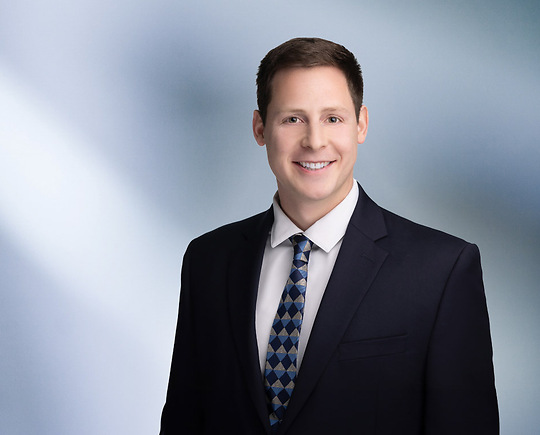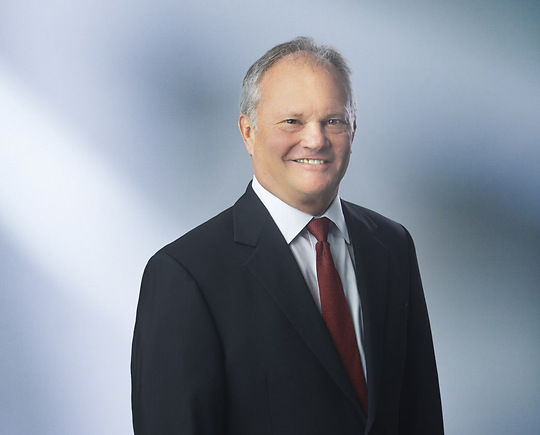
Michigan Workers' Comp Defense Blog
 Unfortunately, the COVID-19 pandemic continues to rage worldwide. At the time of this article being published, there have been nearly 28,000,000 cases and over 485,000 deaths in the United States. Over 600,000 cases and almost 16,000 deaths have occurred in Michigan, alone.
Unfortunately, the COVID-19 pandemic continues to rage worldwide. At the time of this article being published, there have been nearly 28,000,000 cases and over 485,000 deaths in the United States. Over 600,000 cases and almost 16,000 deaths have occurred in Michigan, alone.
In response to the pandemic, many jurisdictions have implemented various Emergency Rules and Orders to all but ensure compensability for certain delineated essential, frontline and first response employees who contract COVID-19. Other states, like Illinois, have enacted actual legislation that similarly relaxes the burden of proving compensability for some of these favored workers. We have written about these Rules, Orders, and legislation on several occasions over the course of the last year. You can read our most recent article on this topic here.
However, for many of those workers and occupations not contemplated by these Rules, Orders, and legislation, there still remains a significant risk of workplace infection with COVID-19. Are those workers who contract COVID-19 while working simply out of luck? Or, will resourceful lawyers rely on old legal theories and new tactics in their attempt to secure workers’ compensation for their clients?
In those cases where the worker is not covered by one of the recently implemented rebuttable or conclusive presumptions, the employee bears the heavy burden of proving that he contracted COVID-19 “in the course of employment” and that it also “arose out of the employment.” Unless he is able to prove both elements, his claim will fail.
Historically, Michigan courts have assumed if the disability results from a single event trauma – or a single exposure – it will most likely be considered a “personal injury.” See Roberts v Western Michigan Foundry, 1980 WCABO 2028. “Personal injuries” generally must be traceable to an identifiable occasion – a place, a time, and a circumstance. Such proof can be elusive in cases of infectious disease like COVID-19. A worker may be able to identify many occasions of exposure to the infectious disease, yet be unable to prove whether, or which, exposure resulted in his infection.
In an attempt to avoid their proof problems, clever plaintiffs’ lawyers may look for other avenues of recovery. An old landmark case decided by North Carolina’s highest court may provide some guidance. See Booker v Duke Medical Center, 297 NC 458; 256 SE2d 189 (1979). The experts in Booker testified that serum hepatitis is transmitted by a microscopic amount of contaminated blood. Booker, who worked in a laboratory at Duke Medical Center, was able to establish the myriad of instances where he handled contaminated blood, but he could not pinpoint the moment in time or the circumstances when he was infected. Thus, because he could not establish the occasion of his infection, he could not establish a “personal injury” had occurred “in the course of his employment.” Thus, the plaintiff argued that his serum hepatitis could be considered an “occupational disease” – even though it is not a disease that develops over time.
North Carolina and many other states have generally defined “occupational disease” as “a disease characteristic of and peculiar to the business of the employer.” Importantly, the typical definition of occupational disease also excludes “all ordinary disease of life to which the public is equally exposed.” Booker faced these two obstacles: 1) serum hepatitis is contracted on a specific occasion and at a specific moment of contact with contaminated blood, and 2) serum hepatitis could arguably be considered an ordinary disease of life to which the public is equally exposed outside employment.
The Booker court rejected a long line of precedent that held a plaintiff must proceed on a “personal injury” theory of recovery where the transmission of the disease lacks the element of gradualness and instead happens as the result of a single exposure on a fixed occasion. The Booker court determined that such an interpretation of its workers’ compensation statute would be inconsistent with the “overriding legislative goal of providing comprehensive coverage for occupational diseases.” Importantly, the Booker court noted that under some circumstances, disease may qualify as both a “personal injury” and an “occupational disease.”
The Booker court also held that a disease to which the public is also exposed may still be considered an occupational disease if the evidence establishes that there is something about the nature of a claimant’s employment that subjects him to an “increased risk” of contracting the disease. The court concluded that Booker’s work in the lab indeed placed him at “increased risk” of contracting the disease. Thus, the plaintiff was allowed to proceed on an “occupational disease theory.”
Michigan’s generic statutory definition of occupational disease is similar to North Carolina’s:
Personal injury includes a disease or disability that is due to [causes and conditions]* that are characteristic of and peculiar to the business of the employer and that arises out of and in the course of employment. MCL 418.401(2)(b). (*The bracketed words “causes and conditions” were not contained in the North Carolina definition contemplated in Booker).
Importantly, since 1943, our statute, like North Carolina’s, has also provided that “ordinary diseases of life to which the public is [generally]* exposed outside of employment is not compensable.” See Section 401(2)(b). (*The bracketed word “generally” replaced the word “equally” contained in the North Carolina statute). This exclusion seems to create a significant obstacle to recovery for their contraction of diseases which are also prevalent outside the workplace. So, when is a common disease not an “ordinary disease of life to which the public is generally exposed?”
The Michigan Supreme Court has clarified that a disease need not originate exclusively from the particular kind of employment in which the employee has engaged; rather, the conditions of the employment must result in a hazard that distinguishes it in character from the general run of occupations. See Underwood v National Motor Castings Division Campbell, Wyant & Cannon Foundry Company, 329 Mich 273 (1951). Thus, in certain circumstances, even diseases to which the public may be generally exposed may be something more than just an “ordinary disease of life.”
In Mills v Detroit Tuberculosis Sanitarium, 323 Mich 200, 209 (1948), the Michigan Supreme Court held that a disease, such as tuberculosis, to which the public is also generally exposed, may still be considered an “occupational disease” so long as the worker is exposed by the conditions of employment to the risk of contracting the disease in a “far greater degree and in a wholly different manner than is the public generally.” Also, importantly, the Mills court determined that the claimant’s tuberculosis could be considered an “occupational disease” even though the transmission of tuberculosis lacks the element of gradualness. Both Underwood and Mills were cited by the court in Booker.
Thus, we anticipate that employees who work under conditions exposing them to a significantly “increased risk” of exposure to COVID-19 will argue that the “ordinary disease of life” exclusion does not apply to them. So, for instance, a grocery store cashier who closely encounters hundreds of customers during her eight hour shift may argue that, for her, COVID-19 is anything but an “ordinary disease of life” – notwithstanding the fact that there have been almost 110 million cases worldwide.
We simply do not yet know whether, when addressing this “ordinary disease of life” issue, Michigan courts will focus primarily on whether COVID-19 is a “normal attribute” of that work, or whether the courts will instead just focus on the “nature of the claimant’s employment.” If the courts focus on the former, very few claimants will be able to establish exposure to COVID-19 is a “normal attribute of the work” – other than perhaps those in healthcare whose work requires them to work with those who are known to have COVID-19. Most of those workers are already currently covered by the most recent Emergency Rules’ rebuttable presumption.
If the courts’ focus is on the “nature of the employment,” claimants may find it easier to simply show that the “nature of his work” required him to work in close proximity to a large number of customers and co-workers. When adjudicating this important issue, Michigan courts will likely focus on these words in Michigan’s generic statutory definition of occupational disease:
…a disease…that is due to causes and conditions that are characteristic of and peculiar to the business of the employer…MCL 418.401(2)(b).
While the “cause” of COVID-19 is the novel Coronavirus (nCoV), one of the “conditions of employment” resulting in transmission of the virus is the requirement that the employee work in close proximity to others in an indoor setting. Clearly, a focus on the conditions of the employment will favor employees far more than a focus on whether a normal attribute of the employment subjects the employee to the Coronavirus. This distinction between a “normal attribute” of the employment and “the nature of the claimant’s employment” may seem slight, but which of these tests the courts ultimately choose to apply will determine whether claimants are able to evade the “ordinary disease of life” exclusion. This distinction between these tests was addressed by the New York Appellate Court in Matter of Renko v New York State Police, 127 NYS3d 608; 2020 NY App Div LEXIS 3918 (July 9, 2020) and Connelly v Covanta Energy Corp., 1 NYS3d 404 (December 31, 2014).
If a worker is able to avoid all the potential obstacles discussed herein, and pursue their positive COVID-19 diagnosis as an “occupational disease,” then a court will be much more likely to allow proof of a causal connection between the disease and the employee’s occupation to be based on circumstantial evidence, rather than requiring proof of the precise time, place, and circumstance of the claimant’s infection applicable to “personal injury” cases. Courts adjudicating occupational disease cases have indicated that a number of factors should be considered including the following:
- The extent of exposure to the disease or disease-causing agents during the employment;
- The extent of exposure outside the employment; and
- The absence of the disease prior to the work-related exposure by the employee’s medical history. Booker, 256 SE2d at p. 200.
Additionally, Michigan, and many other jurisdictions, have also legislated extended claim periods for occupational diseases – generally giving claimants a specific period of time beyond when they had knowledge or a reasonable belief, or through ordinary diligence could have discovered, that the occupational disease was work-related. This is often a much more extensive period of time than that applicable to claims based upon “personal injury.” See e.g. MCL 418.441.
While all of this does seem to be overly technical, and perhaps unnecessarily academic, we believe this is how our courts will probably address these issues. A court’s willingness to allow claimants to pursue COVID-19 claims as an “occupational disease” will impact greatly on employers’ liability. If you have any questions, please contact us. We are here to assist you with making determinations on these often complicated issues of first impression.
Alicia Birach...248.785.4172...abirach@fosterswift.com
Mike Cassar...517.371.8110...mcassar@fosterswift.com
Brian Goodenough...517.371.8147 (Practice Group Leader)...bgoodenough@fosterswift.com
Tyler Olney...248.538.6352...tolney@fosterswift.com
Mike Sanders...517.371.8210...msanders@fosterswift.com
- Shareholder
Alicia Birach is a member of the Employer Services Practice Group and works out of the firm's Southfield office. She has extensive experience representing insurance carriers, third party administrators and employers against ...
- Shareholder
Mike is a member of the Firm’s Employer Services practice group. His practice focuses on representing employers, insurance carriers, and third-party administrators in workers’ compensation matters across Michigan. He has ...
- Shareholder
Currently, Brian Goodenough chairs the firm's Employer Services Practice Group where he practices municipal law, zoning and land-use disputes and workers' compensation law. Previously, he served as a member of the firm's ...
- Of Counsel
Mike devotes his practice to the representation of employers, insurance carriers, and third-party administrators in workers' compensation matters throughout the state. He is the author of several published law review articles ...




